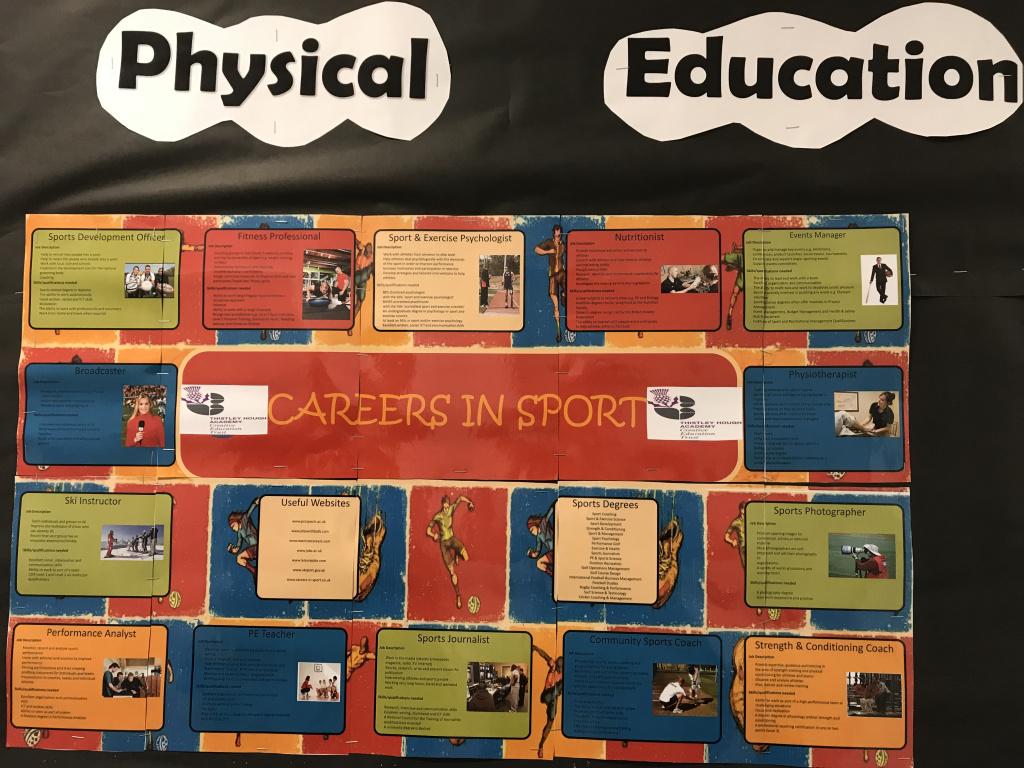
Where we are, Thistley Hough Academy in Stoke-on-Trent, Staffordshire, any conversation around careers is impossible to separate from calls for the need to raise aspirations. As an area of deprivation where the traditional industries of pots, pits and steel have declined, there is a real need to support students in developing their self-confidence, transferable skills and raise their awareness of all the opportunities which are out there but weren’t when their parents were at school.
With calls nationally from the DfE to embed careers education from the first day a child enters the classroom, as the careers lead for our school, I began pulling together a long-term plan to integrate careers education into our form time from Year 7 onwards, with each scheme of learning providing a solid base for the next year, building on the knowledge from the year before. It was important that our school’s career approach had a basis within the Gatsby Benchmarks, the framework of eight guidelines that define the best careers provision in schools and colleges, but I wanted it to be clearly based around specific experiences students could engage with.
In order to create a cohesive and meaningful programme, I decided that the best way was to set up a structured careers education course that would take place during form time. In putting the programme together, I wanted to make it as easy for our staff to implement as possible, so for example, I broke down how to teach Year 10s about budgeting and finance through different topics to give it a structure and a formula.
Previous to this we’d done a lot of the usual things schools offer through PSE days, but there wasn’t a structure to it as such, so we couldn’t guarantee any continuity of the learning outcomes or prove what we were doing was building on knowledge the students had learned before as there was no evidence.
Maintaining Flexibility
So, the challenge then was that I didn’t want to create a programme so rigid and prescriptive that it became a box-ticking exercise where the form tutor had to tick something off every week. The solution was to set learning outcomes for the form tutors to achieve that are spread over the course of the academic year. With this format, there is flexibility for the tutors to decide how they meet those outcomes.
How tutors deliver their form time sessions can be really experiential. For example, we wanted our Year 7s to begin thinking about what work is, so we gave them the chance to create a city. This meant that they had to think about all the elements which make up a city and the different parts which go into buildings, and that naturally led to a discussion about different job roles.